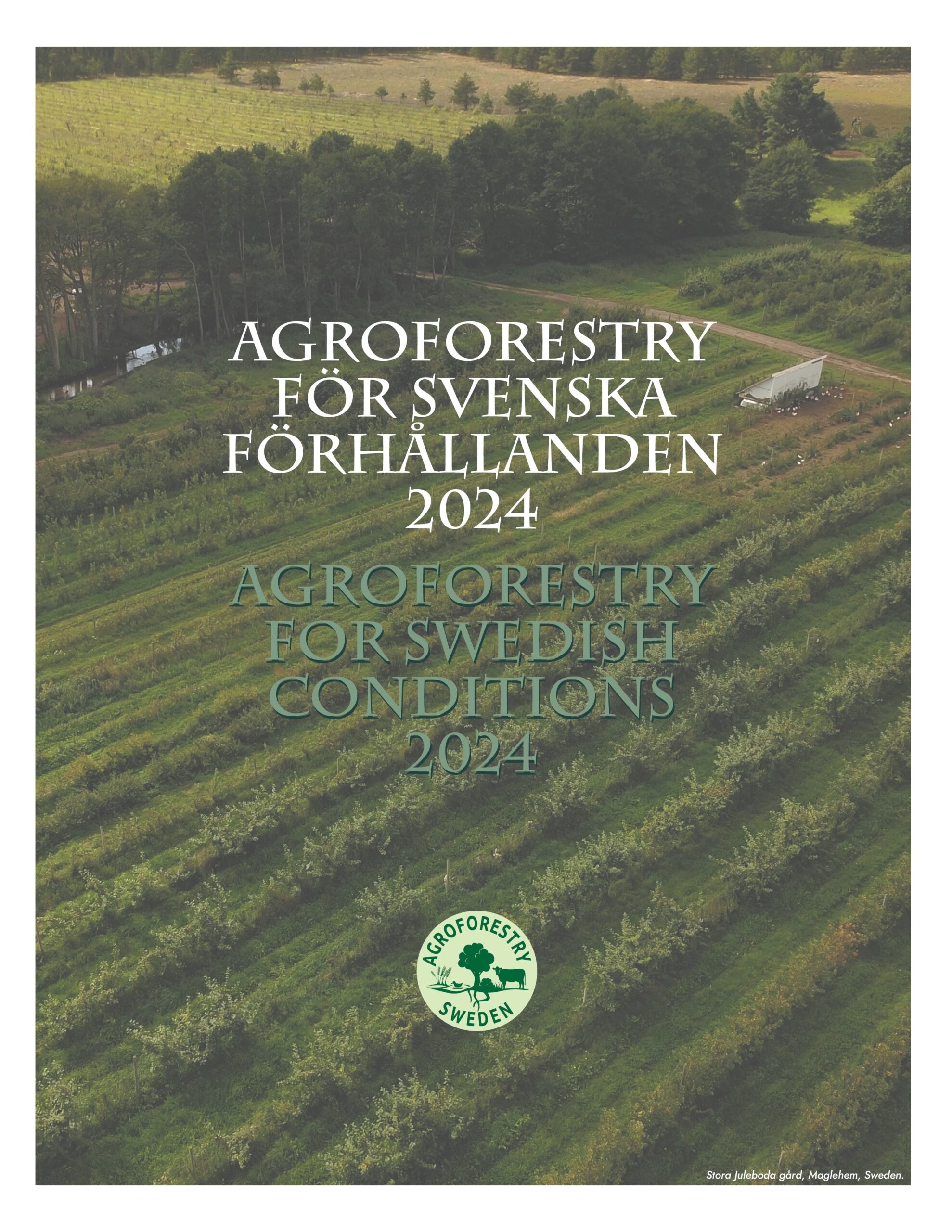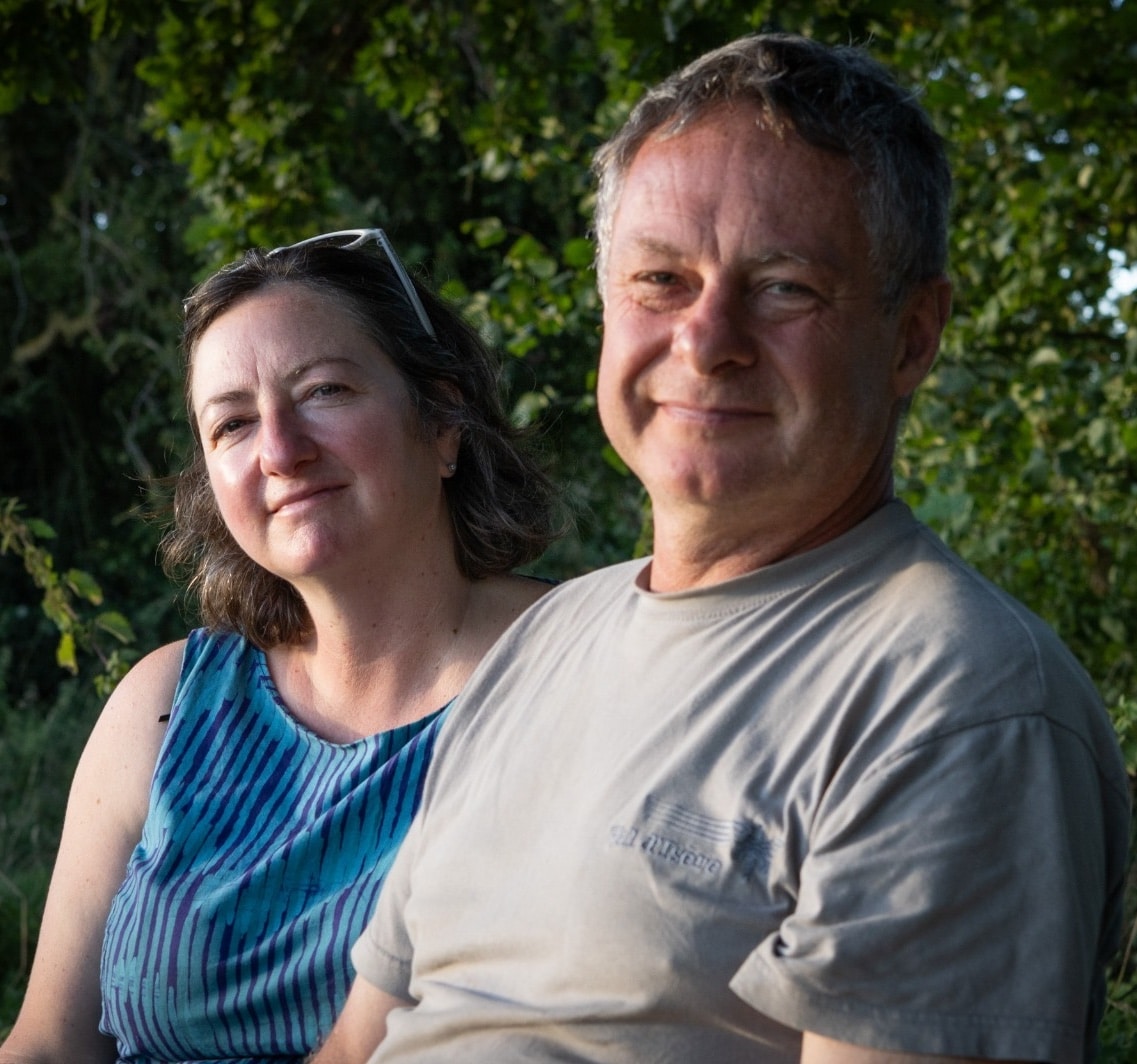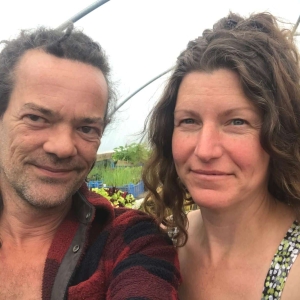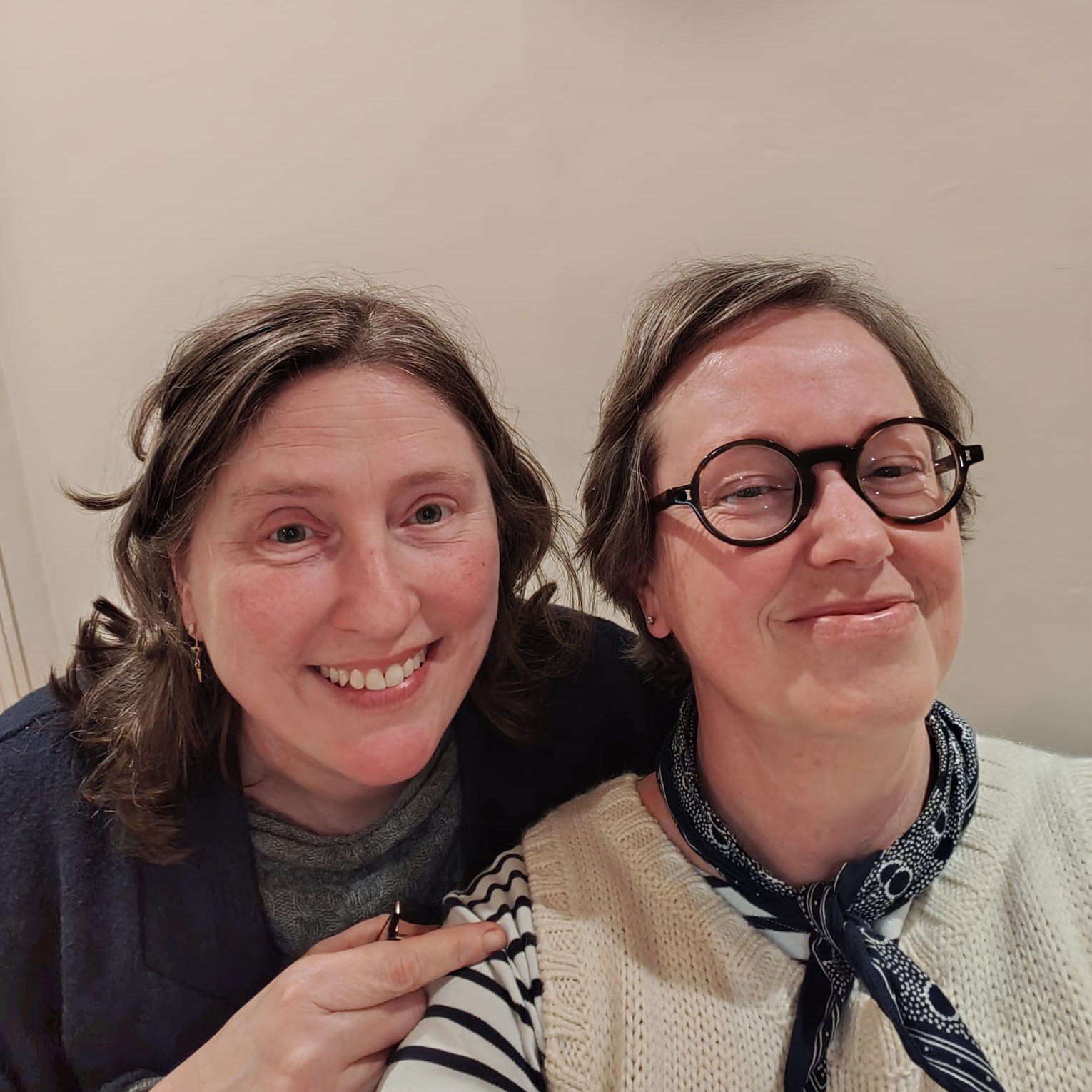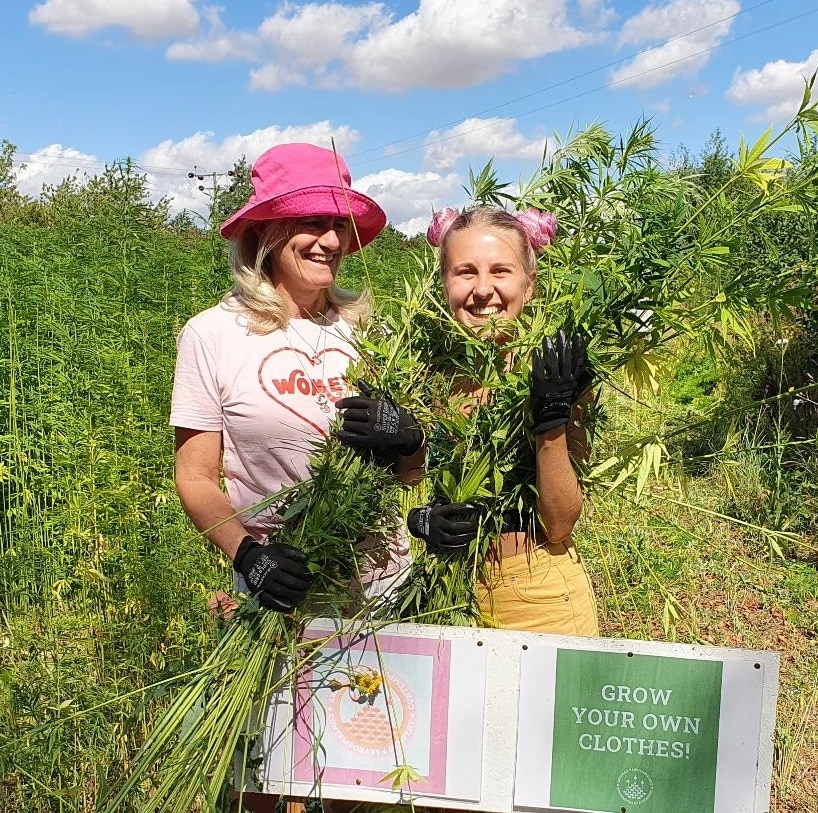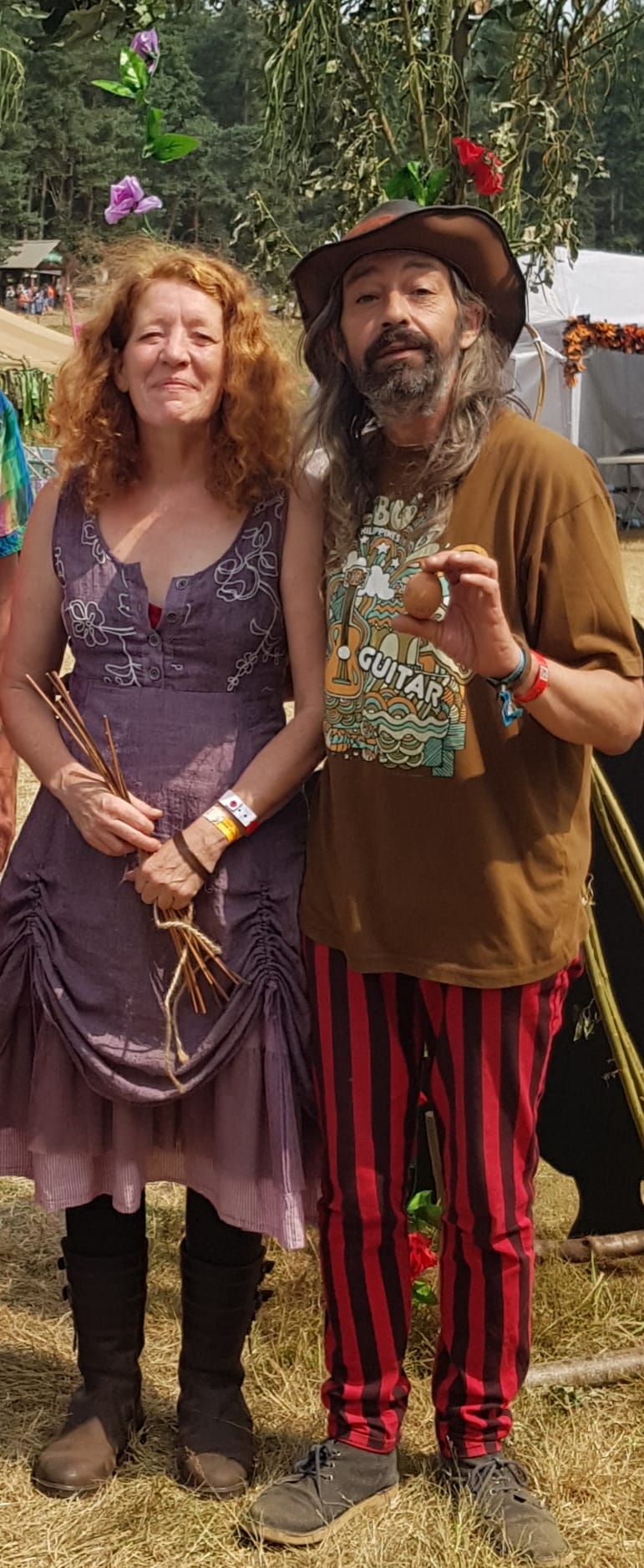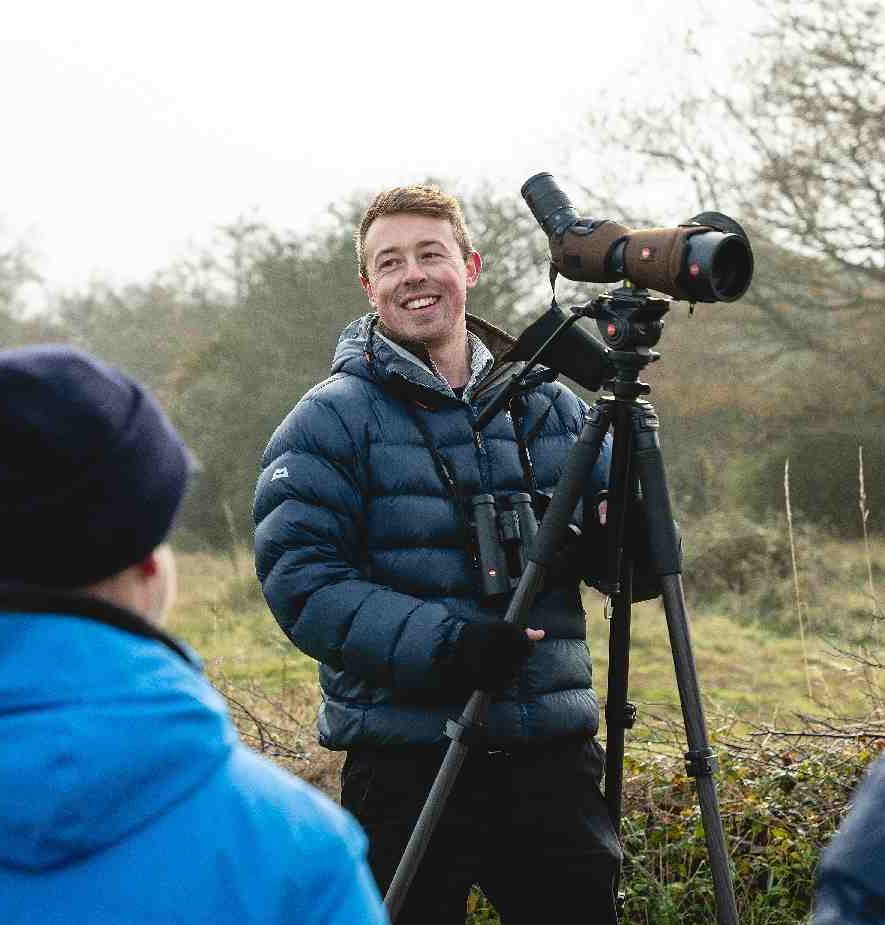In this field are several different sorts of ‘population wheat’. For more about that generally, and for more about the Wakelyns YQ population wheat in particular, have a look to the right in the field and here on the website. This page is about one of the ‘guest’ populations we are growing in 2024.
Read the full background here
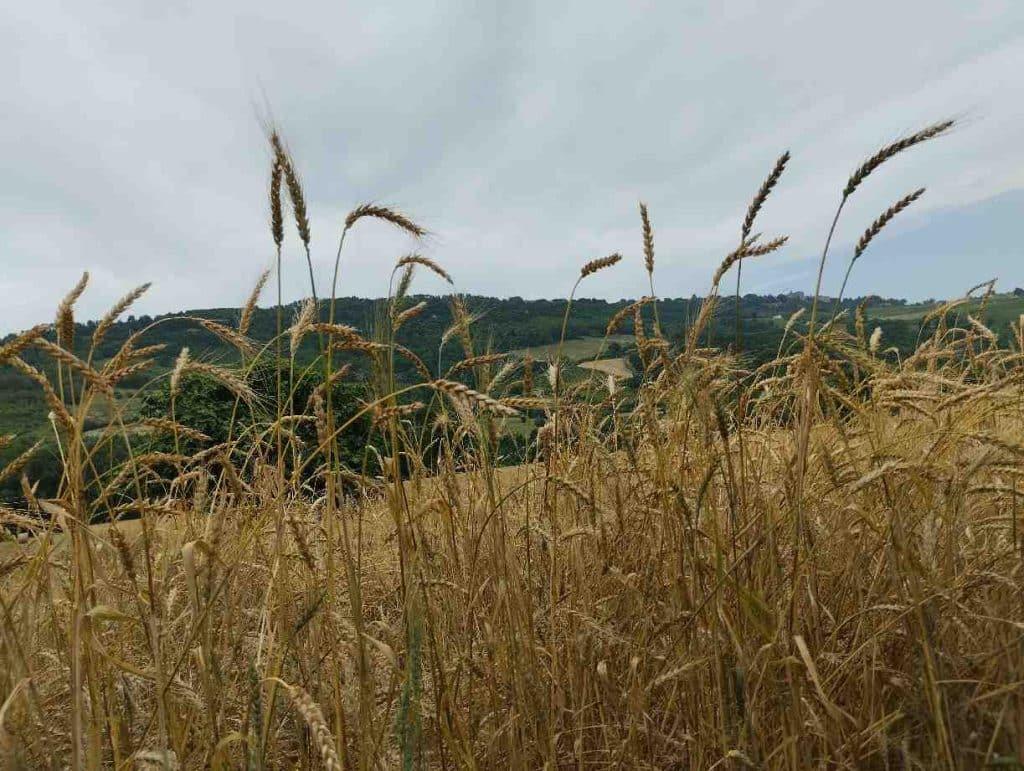
THE MIXTURE OF ALEPPO
At the beginning of the second half of the 20th century, our fields and tables underwent a revolution that was as disruptive as it was muted – at least for most: the replacement of ancient grains, both hard and soft, with modern grains. The increase in consumption and the shift to an increasingly mechanized agriculture, in fact, pushed scientists to select short and genetically uniform wheat varieties that could withstand heavy nitrogen fertilization and were easier and faster to process in the food industry.
This paradigm shift has led to a drastic decrease in biodiversity in just a few decades, resulting in a flattening to certain industrial standards of the grain that becomes flour (or semolina), which then becomes food that ends up on our plates and in our bellies. The most well-known consequence of this paradigm shift is the widespread increase in food intolerances
Today, however, in a renewed context of ever-increasing attention to food quality and rediscovery of traditions, the so-called ancient (or, better said, original) grains have been recovered and re-seeded, that is, those that for hundreds of years, if not millennia, have been the basis of the food pyramid, from the Fertile Crescent to our grandparents’ lands.
Growing ancient grains and transforming them into food is one way of increasing the agrobiodiversity: an additional way is to replace these uniform variety with heterogenous varieties, namely with varieties made up of hundreds or thousands of genetically different plants. They are called mixtures, or better, evolutionary populations because due to their heterogeneity some plants will produce more in one year, others will produce more in another year or, in other words they evolve becoming more and more adapted to the place where they are grown, to the type of agriculture practiced and to climate change. Furthermore, an additional benefit of their diversity, is the more stable production and their resistance to pest, which means that they can be successfully grow without pesticides.
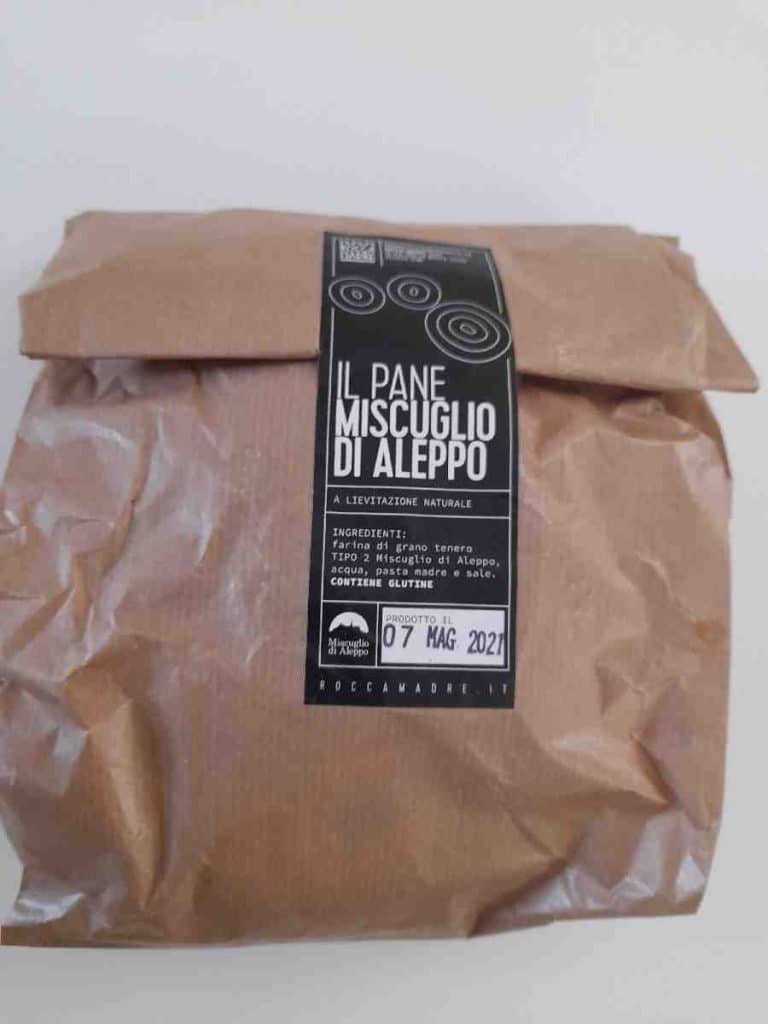
One of these evolutionary populations was made in Syria by Salvatore Ceccarelli and Stefania Grando, who mixed about 2000 types of bread wheat with objective of donating to farmers as much diversity as possible from which they could select whatever could suit them. The bread wheat population arrived in Italy in 2010 thanks to the Italian Association of Organic Agriculture and spread in almost every region of the country. When its grain was baked, it was found that the bread has a much better flavour and a taste than commercial bread. It is also more digestible and more nutritious. For this reasons a number of farmers developed their own small supply chains producing bread, which has a strong bond with the land where the grain is grown, and is natural and artisanal because the wheat is stone-milled and the flours processed with sourdough by passionate young bakers.
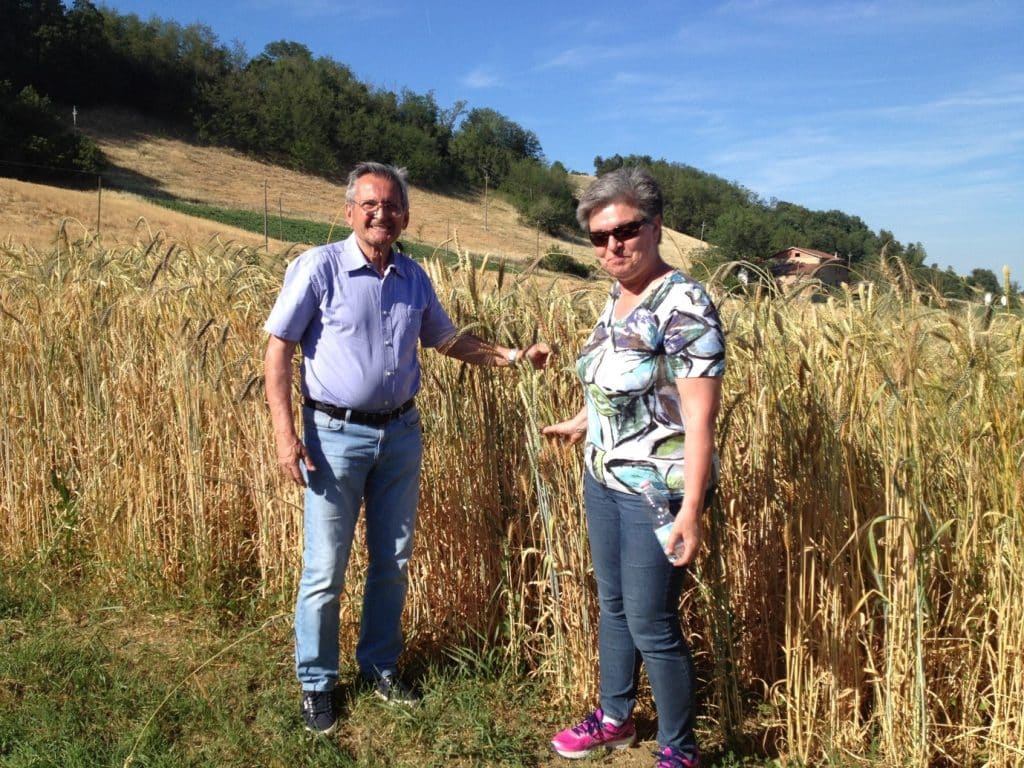
Salvatore Ceccarelli
Geneticist, former Full Professor of Agricultural Genetics at the Institute of Plant Breeding, University of Perugia. For more than 50 years, he worked on genetic improvement, developing a strategy for arid and semi-arid environments based on decentralized and participatory selection that put farmers back at the center of research. He currently works on bringing biodiversity back into agriculture through mixtures and evolutionary populations and on the relationships between biodiversity, food, health and climate change
Stefania Grando
Agronomist/geneticist with over 40 years of experience in agricultural research for development in Africa and Asia. Her main areas of expertise are plant breeding with special attention to gender aspects, crop adaptation to climate change, participatory research, and the management and efficient use of genetic resources. She is currently working on bringing biodiversity back into agriculture through the rediscovery of forgotten crops, and on the relationships between biodiversity, food, health and climate change.












